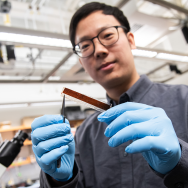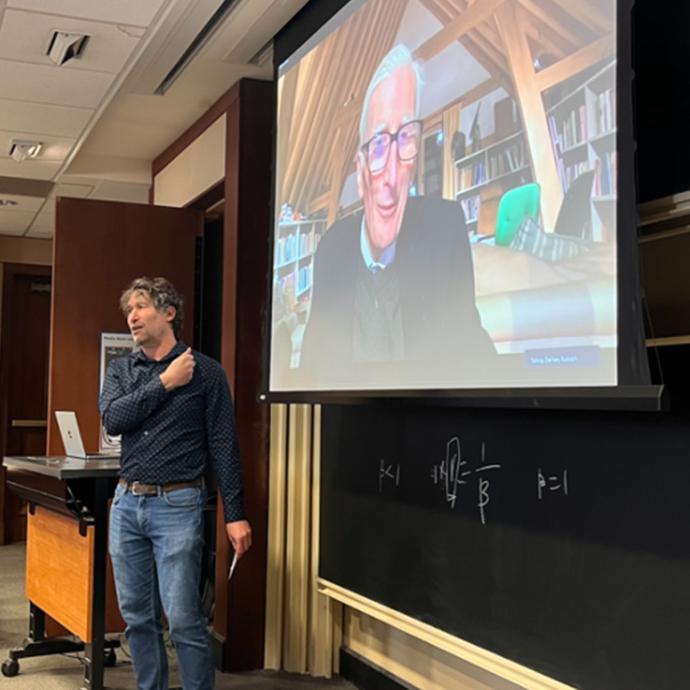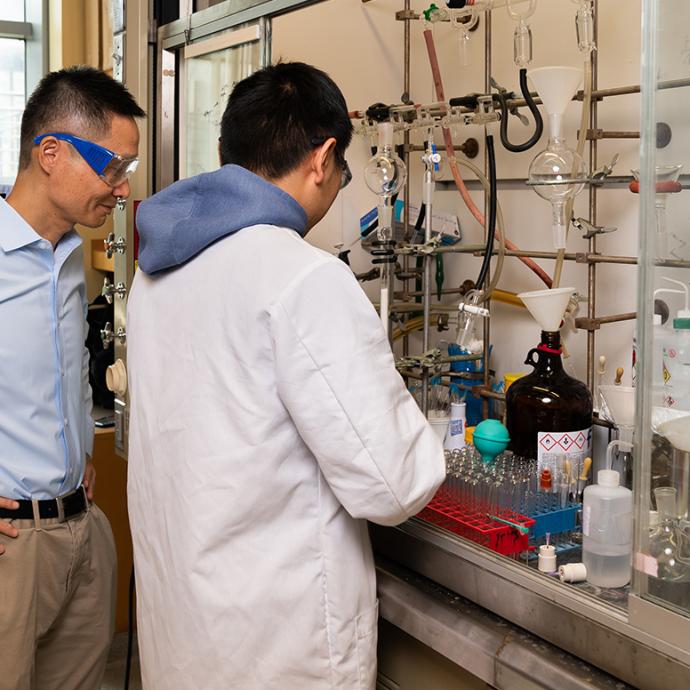Each cell in your body is an incredibly complicated piece of machinery, and we only know the outlines of how they work. If a cell were a car, we’d understand the details for, say, the steering wheel and the transmission, but for large swaths, all we know is “the exhaust comes from this area.”
A new computational study from the University of Chicago adds one piece to this puzzle: how the microtubules—part of the cell’s internal scaffolding—assemble and function. Microtubules are also a frequent target for cancer drugs, so the scientists hope this knowledge can boost the search for better drugs with fewer side effects.
“The behavior of microtubules is one of the basic mysteries of cell biology, so we hope this insight can lead to answers for other questions,” said Gregory Voth, the Haig P. Papazian Distinguished Service Professor of Chemistry at UChicago and one of two authors on the study along with postdoctoral fellow Daniel Beckett.
The final straw
We know that microtubules are a fundamentally important part of the cell. Among other roles, they form the “highways” where collections of molecules get transported around the cell and play a key role when the cell divides.
But questions remained about precisely how microtubules form. They look like straws—a tube that is assembled out of thousands of pairs of proteins that form a lattice. These straws are growing and shrinking and then growing again all the time, as they’re needed in the cell, in a delicate cycle called “dynamic instability”. The shrinking part is important, because if the tubules continue growing unimpeded they would puncture the cell.
But how does it stop?
It’s difficult to tell using microscopes: the type of microscope needed to see things this small can only take snapshots rather than movies, and this reaction happens too fast to easily capture.
Instead, Beckett and Voth turned to computer simulation. They painstakingly built and ran simulations of the processes underlying microtubule shrinkage, using quantum mechanics-based methods to describe the key chemistry.
This model was so complex that it took two years of computing time to run. But it resolved a mystery.












 —Prof. Chuan He
—Prof. Chuan He
